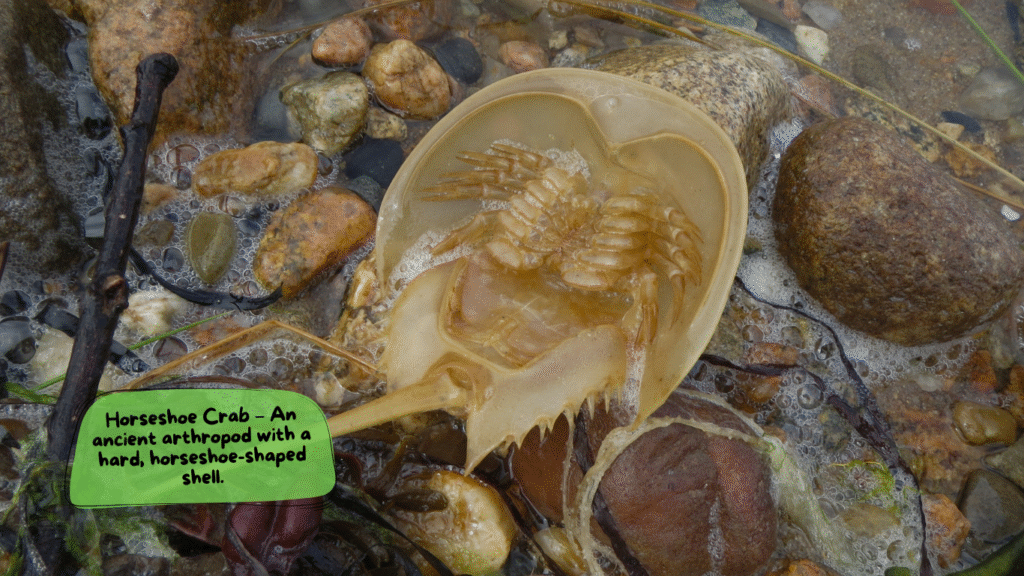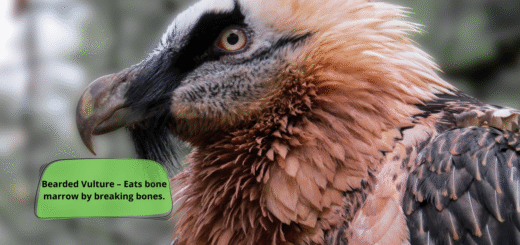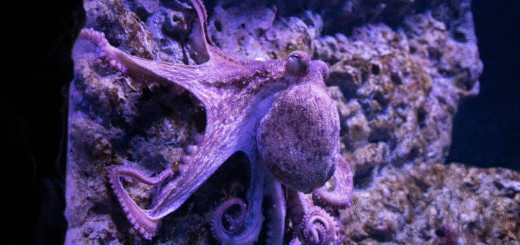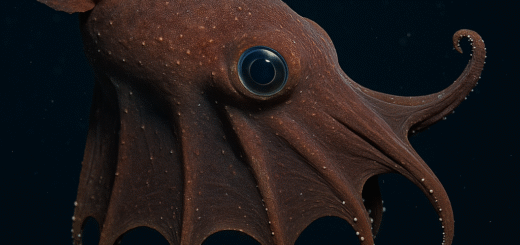The Ancient Marvel: Discovering the Fascinating World of the Horseshoe Crab
the horseshoe crab. With its distinctive helmet-shaped shell and prehistoric origins, the horseshoe crab is not just a curious sea creature, but a vital part of modern medicine and coastal ecosystems.

What is a Horseshoe Crab?
Despite its name, the horseshoe crab isn’t actually a crab. It belongs to the class Merostomata and is more closely related to spiders and scorpions than true crustaceans. Recognized by its hard, rounded carapace, spiky tail spine (called a telson), and multiple pairs of legs, this creature has remained virtually unchanged for over 450 million years.
There are four known species of horseshoe crabs:
- Limulus polyphemus (found along the Atlantic coast of North America)
- Tachypleus gigas, Tachypleus tridentatus, and Carcinoscorpius rotundicauda (native to Southeast Asia)
A Living Fossil with an Ancient Legacy
The horseshoe crab predates dinosaurs and has witnessed multiple mass extinctions. Its resilience lies in its adaptable physiology and simple yet efficient body design. Fossils of early horseshoe crabs look strikingly similar to the modern species, earning them the title of “living fossils.”
Horseshoe Crabs and Modern Medicine
One of the most extraordinary facts about horseshoe crabs is their contribution to human health. Their blue-colored blood contains a unique substance called Limulus Amebocyte Lysate (LAL). This compound is crucial for detecting bacterial toxins in vaccines, intravenous drugs, surgical implants, and more.
Before any injectable medication — including COVID-19 vaccines — reaches your arm, it’s tested using LAL to ensure it’s free from harmful endotoxins. This makes horseshoe crabs indispensable to pharmaceutical safety, although it has also raised conservation concerns due to their harvesting for medical use.
Ecological Importance
Beyond medicine, horseshoe crabs play a crucial role in coastal ecosystems. Every year, thousands of them come ashore to spawn during the high tides of spring and summer. Their eggs serve as a critical food source for migratory birds like the red knot, whose survival depends on this ancient creature’s breeding habits.
Additionally, horseshoe crabs help aerate sediment and maintain the health of intertidal habitats where countless other species live.
Conservation Status and Threats
While not officially endangered, horseshoe crab populations are declining in some areas due to overharvesting, habitat loss, and climate change. Conservation efforts are now underway in several countries to regulate harvesting practices, protect spawning beaches, and promote biomedical alternatives to reduce dependency on wild populations.
For example, a synthetic alternative to LAL, called recombinant Factor C (rFC), is being adopted by some pharmaceutical companies as a more sustainable testing method.
Fun Facts About Horseshoe Crabs:
- Their blood is blue because of the presence of copper-based hemocyanin, unlike the iron-based hemoglobin in human blood.
- The horseshoe crab’s tail (telson) isn’t a weapon — it’s used for steering and flipping themselves over if they get stuck on their backs.
- They can live up to 20 years in the wild.
- Horseshoe crabs have compound eyes and additional light-sensitive organs to help them navigate both underwater and on land during spawning.
Final Thoughts
The horseshoe crab is a remarkable survivor from Earth’s distant past, bridging the ancient and modern worlds. Its crucial role in medicine, ecology, and marine history makes it a species worth protecting and understanding. As technology advances and conservation awareness grows, hopefully, these fascinating creatures will continue to grace our coastlines for millions of years to come.








